 One hundred years ago this week, our country, state and county was in the throes of a first-ever “world war.” This year is marked with special commemorations and programming aimed at remembering “The Great War,” and those who served their country “to make the world safe for democracy.” Here at Mount Olivet Cemetery in Frederick, Maryland, we are currently researching local men and women who participated in the conflict and were subsequently interred here. Our historic, garden cemetery serves home to nearly 500 veterans of World War I. We have created a website entitled MountOlivetVets.com in which we are building online memorials for each of those veterans. Each page includes pictures of the gravesite, an obituary, vital and service-related information, draft registration documents and a few other facts such as name of parents and spouse, occupation and home address. In rare cases we have found photos of decedents. We are inviting help from users to supply us with (electronic) copies of photos or other documents of interest in an effort to preserve the history and memory of these important Americans. 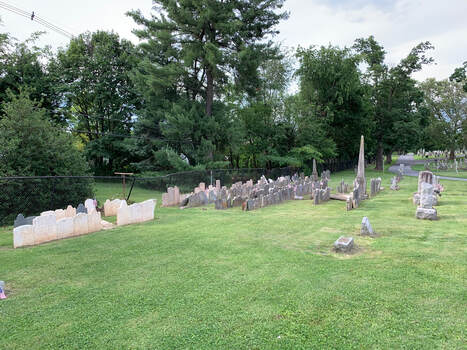 As we have been compiling research, an interesting name came up in our cemetery database inventory. It was that of Harry C. Burke (1894-1918). I took particular interest in this 24-year old gentleman who died during the war. He is listed among 14 interments here at the cemetery constituting a “service connected” death. Upon further inspection, I ventured out to the grounds and found Burke’s gravestone but learned from our records that he is only here in name alone, his mortal remains repose in a military cemetery in eastern France. This inspired me to learn more. Area U, Lot 12 was purchased on September 6th, 1922 by Luther Columbus Burke, father of our subject Harry C. Burke. No one would be buried here until the elder Mr. Burke’s passing in late September, 1930. However, the cemetery lot had been adorned with a memorial monument dating back to at least November of 1923 as I uncovered an article in a local newspaper saying that this grave was among those decorated by a local contingent on Armistice Day (November 12, 1923). I’m assuming that the Burke family placed the existing granite monument here between the fall of 1922 and the fall of 1923. "Pansies and a new flag" would be placed on his grave on April 10th, 1925 by the American Legion Auxiliary. Harry C. Burke Harry C. Burke was born on July 7th, 1894 in Frederick. He grew up on his family’s farm, located in Pearl, a small hamlet east of the Monocacy River along the National Road (MD144). Today this general vicinity is better known as the southern part of the Spring Ridge community (around Avery's Maryland Grille/former site of Jug Bridge Seafood). In the days before the war, I gleaned little about Harry Burke. He attended Frederick High School and graduated @1912. Burke was mentioned from time to time as an attendee of a birthday party or family reunion. In 1915, he sang a duet for his church pageant (Mount Carmel Reformed Church), and in January 1916, Harry helped celebrate the marriage of his sister Margaret to Jesse E. Sponseller. Sadly Sponseller would die just three years later and is buried here in Mount Olivet—a story for another day. The national call was made for young men between the ages of 21 and 31 to register for the military draft. Maryland had a state quota of 15,000—7,500 from Baltimore City and 7,500 from Maryland’s counties. Harry C. Burke would register for the draft on June 5th, 1917 at the local county draft board’s first precinct here in Frederick . He would be the 1,095 man to do so in Maryland. On Friday, July 20th, 1917, young Harry Burke’s fate would be cast. His draft number, 1095, was chosen at random by the Frederick County Draft Board. He would be the 9th Frederick County man picked for military service for “the Great War.” The exemption board was said to have sent Harry C. Burke to Camp Meade in Anne Arundel County on November 6th, 1917. November 11th is given as the date Burke was inducted into military service. He initially served with the rank of Private in Company L of the 313th Infantry Regiment. The 313th would fall under the 157th Infantry Brigade of the 79th Division. The division was first activated at Camp Meade in August 1917, composed primarily of draftees from Maryland and Pennsylvania. The 313th Regiment was known as "Baltimore's Own" due to the large number of men from the city and was headed by Col. Claude B. Sweezey, a West Point graduate. 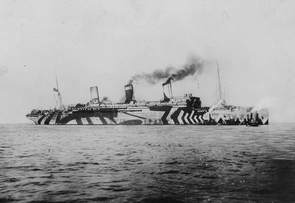 WWI troop transport ship WWI troop transport ship “Over There” After eight months of training, Harry C. Burke found himself on a transport ship on July 6th, 1918 preparing to cross the Atlantic Ocean. The next day he would celebrate his 24th birthday at sea, it would be his last. The 313th Regiment and its 3,667 men sailed to France to join the active front near Verdun, a scene of heavy fighting throughout 1916. Shortly after landing in Europe, Harry was given a promotion to Private First Class. Harry Burke would participate in early tough fights of the unit. Action for the Frederick boy over his first month in Europe was light, consisting mostly of travel (marching/train transport) to the Avocourt Sector of northeast France. He wrote the following letter “back home” at the end of August (1918). It would be published in the pages of the Frederick Post (nearly six weeks after its writing):
The optimism shown by PFC Burke would certainly play out for the American allies, but not for the Frederick resident himself. He would lose his life, likely before his parents read his charming letter of August 31st. At this time, the 313th was engaged in the principal engagement of the war—the Meuse-Argonne Offensive. The Meuse-Argonne Offensive was the largest of its kind in United States military history, involving 1.2 million American soldiers. Under the command of John J. Pershing, this was also the bloodiest operation of World War I for the American Expeditionary Force (AEF). The event was one of a series of Allied attacks known as “The Hundred Days Offensive,” which brought the war to an end. It would also serve as the second-deadliest battle in American history, behind World War II’s Battle of Normandy. American losses were heightened by the inexperience of many of the troops, and tactics used during the early phases of the operation. The battle cost 28,000 German lives, 26,277 American lives and an unknown number of French lives. Harry C. Burke was one of the casualties. The Frederick native participated in the Meuse-Argonne Offensive’s “First phase” which took place from September 26th to October 3rd, 1918. The 79th Division was assigned the deepest, first-day objective of any division of the Army even though it was facing some of the most difficult terrain in the Meuse-Argonne region. On September 25th, the 79th occupied Sector 304, which it had taken over from the 157th French Division on September 16th. With the 37th Division on its left flank and the 4th Division on its right, the 79th’s mission was to seize, in succession, Malancourt, Montfaucon, and Nantillois, which was some 5.5 miles beyond the German lines. Weeks spent confined in the Allied trenches would give rise to a foray into the famed “No Man’s Land” to the east. To give a glimpse of what PFC Burke experienced, I include this overview of the battle’s first phase, including information drawn from the Combat Studies Institute’s (Fort Leavenworth, KS) dissertation on the Battle of Montfaucon: By 4:30 a.m. on the morning of September 26th, 1918, the untested 79th Division’s 313th Infantry Regiment anxiously waited in trenches south of the ruined town of Avocourt. In one hour’s time, they would join 220,000 other American soldiers spread across a 26-mile line in the launch of the Meuse-Argonne Offensive. Harry C. Burke and the soldiers of the 313th Regiment marched all night through heavy rain and darkness to reach this point. Traveling light, with only the necessities of war, they traversed thick brush, endless fields of barbed wire and terrain scarred with deep, mud-filled shell craters. As they moved forward, friendly artillery screamed overhead, climaxing in an intense barrage twenty minutes prior to their attack. An interesting footnote here resides in the fact that the Allies expended more ammunition than both sides managed to fire throughout the four years of the American Civil War. The cost was later calculated to have been $180 million, or $1 million per minute. Burke and his comrades hoped that each shell might help weaken the German forces soon to be encountered. The soldiers of the 313th Regiment were attached with a heavy burden on their shoulders. Their objective was the honor position of offensive’s first phase. By days’ end, they were expected to clear 4.3 miles of enemy territory and take the formidable heights of Montfaucon, on which the Germans observed the entire American sector from four to five positions. This same terrain claimed over 300,000 French casualties in 1916. The success of the entire campaign hinged on control of Montfaucon. It took the 79th Division only two days to capture Montfaucon, however, the cost to the 313th was high. The regiment lost 45 officers and 1,200 enlisted men. One soldier described the experience as a “hellish ordeal” in a letter home: “I’ve been on the firing line a week, and it was like a lifetime in hell. It was one of the worst and bloodiest battles of the war. Any why, or how, I came through it is more than I can tell.” In the days following Montfaucon, the 313th advanced little more than a mile and was halted. On September 29th, six additional German divisions were deployed to oppose the American attack. In the shadow of Montfaucon, and on this day, Harry C. Burke would lose his life—but it would be several months until his body was discovered. Over a month would pass until Burke’s family in Frederick would learn of his disappearance. A local newspaper shared the unfortunate news with the community.
This chilling article appeared on November 11th, the day of the armistice which officially ended the war. A month later, the parents of Clarke Eugene Stull, a friend and fellow soldier of Burke’s, received a letter from their son giving brief hope to the Burke family. Stull was a former bunkmate of Burke, and was injured on September 29th. He claims that he saw Harry in “good health” earlier on the ill-fated day of September 29th, but had not heard from him up through the date of writing his letter (late November). By the end of what must have been an excruciating holiday season, the Burke family and friends must have been losing hope while others around them were rejoicing in the fact that their loved ones would soon be returning from Europe. The Frederick News began running large advertisements commemorating the efforts of Frederick County’s brave Doughboys, and entitled "Our Roll of Honor." Through the winter months, Burke’s name continued to run under a column headed “Soldiers Missing in Action.” On March 25th, 1919, The Baltimore Sun ran a story from the 313th Infantry Regimental Headquarters located in Conde, France. Sixty men of the regiment were listed, whose whereabouts were still unknown. The article stated that they could be buried in unmarked graves or graves marked simply as “unknown.” The piece also ventured to give optimism in saying that some of these men could be “lost in a hospital in France and may turn up later.” Throughout its entire World War I campaign, the 79th Division suffered 6,874 casualties with 1,151 killed and 5,723 wounded. Interestingly, a Maryland resident from east Baltimore, named Private Henry Gunther, was the last American soldier to be killed in action during World War I. Like Harry C. Burke, he served with the 313th Infantry Regiment of the 79th Division. I don’t know exactly when or where, but PFC Burke’s body was eventually discovered. His death was known at the time of Frederick's large Homecoming Parade and celebration which occurred on July 4th, 1919. Harry C. Burke would be given a proper burial in the Meuse-Argonne American Cemetery located in Romagne, France, not far from where the Frederick soldier breathed his last breath. His gravesite is marked with a military-issue marble cross, sitting atop soil designated as Plot F/Row 39/Grave 24. I had the humbling experience of visiting this same cemetery while on a battlefield tour with my father back in 2001. Unfortunately at that time, I knew nothing of Harry C. Burke and his connection to Frederick. If I had, I certainly would have sought it out. I hope Harry’s parents had the opportunity to visit his actual European gravesite in an attempt to gain some semblance of closure. Whatever the case, the Burke family memorialized their son here at Mount Olivet with a fine monument, affording friends, family and others to pay tribute to a brave young man who “gave the last full measure of devotion.”
3 Comments
2/6/2018 12:23:43 am
I have just moved to Frederick Md. From 37 years in Tucson Az, after the death of my husband. I moved here to be near family, and have read a couple of the articles. I am very interested in learning the history of Frederick
Reply
John Georges
6/14/2018 01:32:25 am
I am researching my wife's GG Uncle, Martin J Kudzma. I found that he was in "L" Co, 313th Inf Reg, 157th Inf Bde, 79th Div. He MUST have known Harry Burke. I served in the Army and one gets to know all the men in your company. I have no doubt they at least knew of each other. Martin was wounded in action on Oct 1st 1918, near Consenvoye, France. He survived the war and died at the age of 81 in Florida. Thank you for posting the pictures and maps and Harry's story. They bring my wife's uncle's story just that much closer to life for my children to experience.
Reply
Allan Burke
3/9/2019 11:48:34 am
I am related to Harry c Burke
Reply
Leave a Reply. |
STORIES
|
Archives
July 2024
June 2024
May 2024
April 2024
March 2024
February 2024
January 2024
December 2023
November 2023
September 2023
August 2023
July 2023
June 2023
May 2023
April 2023
March 2023
February 2023
January 2023
December 2022
November 2022
October 2022
September 2022
August 2022
July 2022
June 2022
May 2022
April 2022
March 2022
February 2022
January 2022
December 2021
November 2021
October 2021
September 2021
August 2021
July 2021
June 2021
May 2021
April 2021
March 2021
February 2021
January 2021
December 2020
November 2020
October 2020
September 2020
August 2020
July 2020
June 2020
May 2020
April 2020
March 2020
February 2020
January 2020
December 2019
November 2019
October 2019
September 2019
August 2019
July 2019
June 2019
May 2019
April 2019
March 2019
February 2019
January 2019
December 2018
November 2018
October 2018
September 2018
August 2018
July 2018
June 2018
May 2018
April 2018
March 2018
February 2018
January 2018
December 2017
November 2017
October 2017
September 2017
August 2017
July 2017
June 2017
May 2017
April 2017
March 2017
February 2017
January 2017
December 2016
November 2016

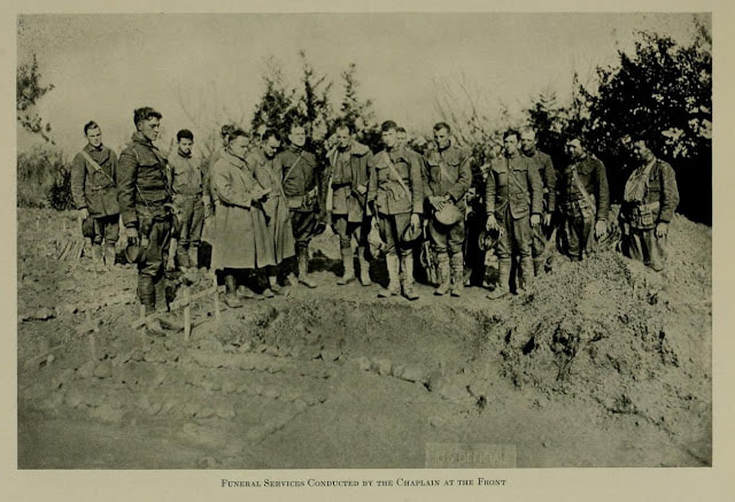
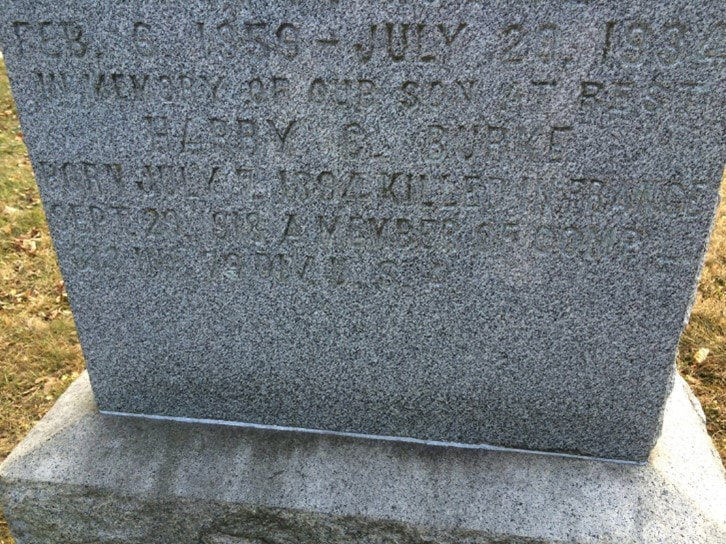

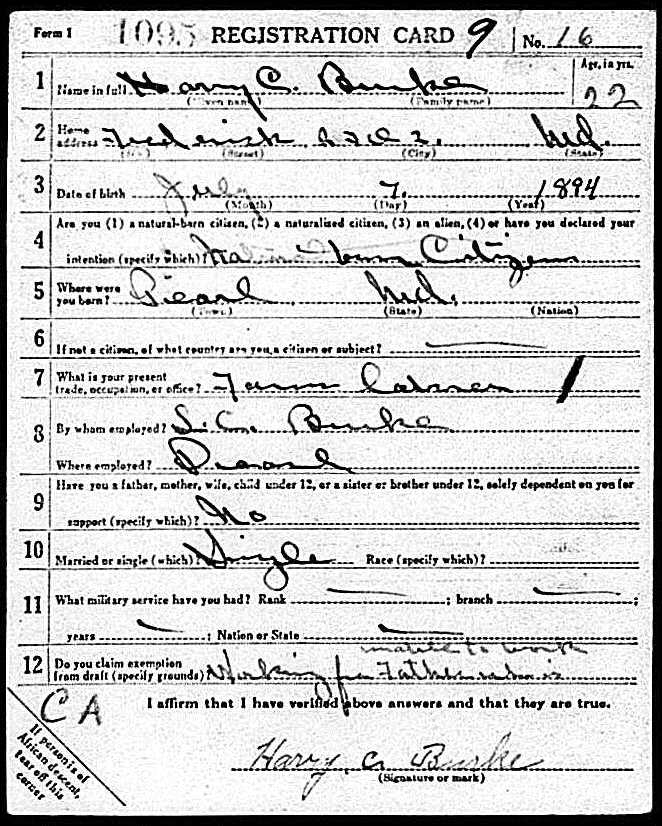
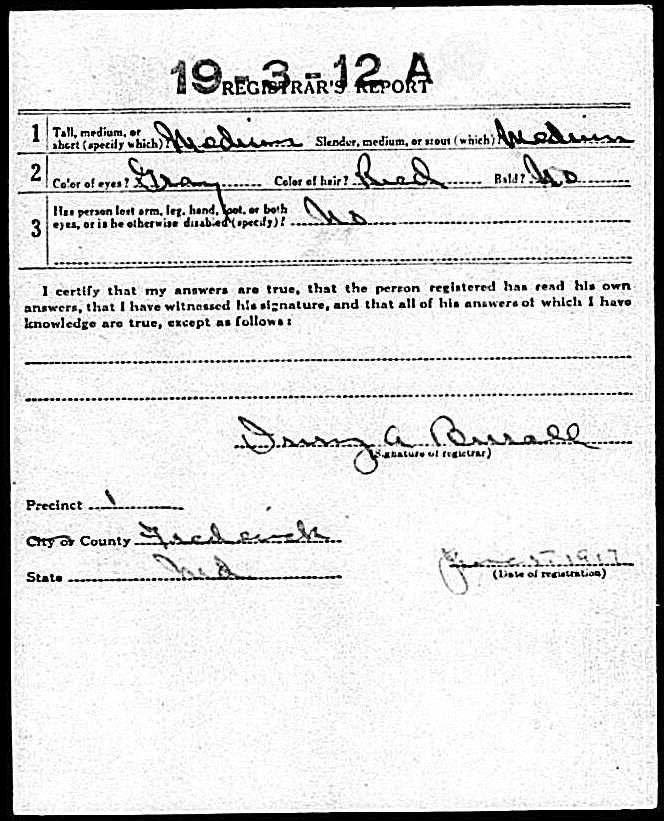
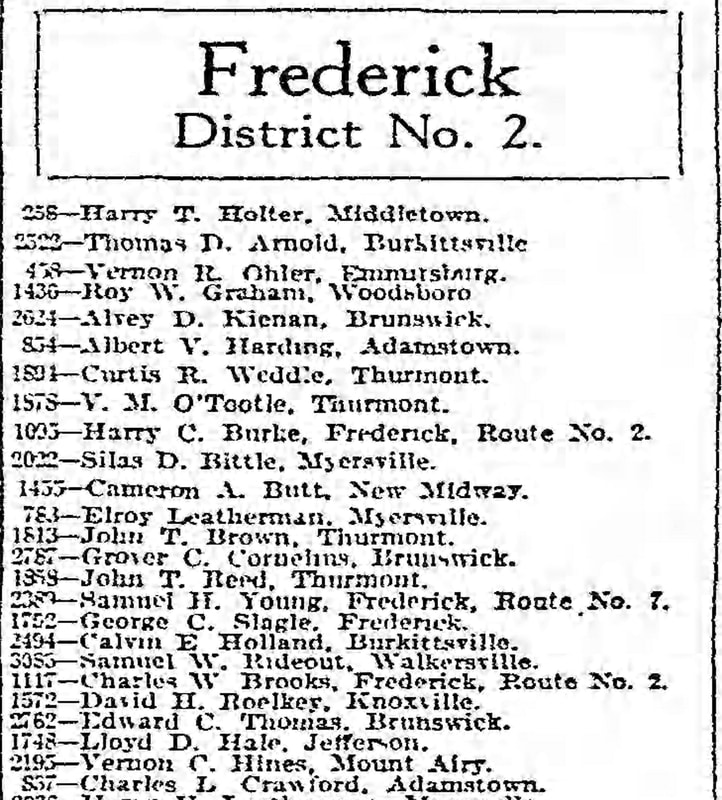
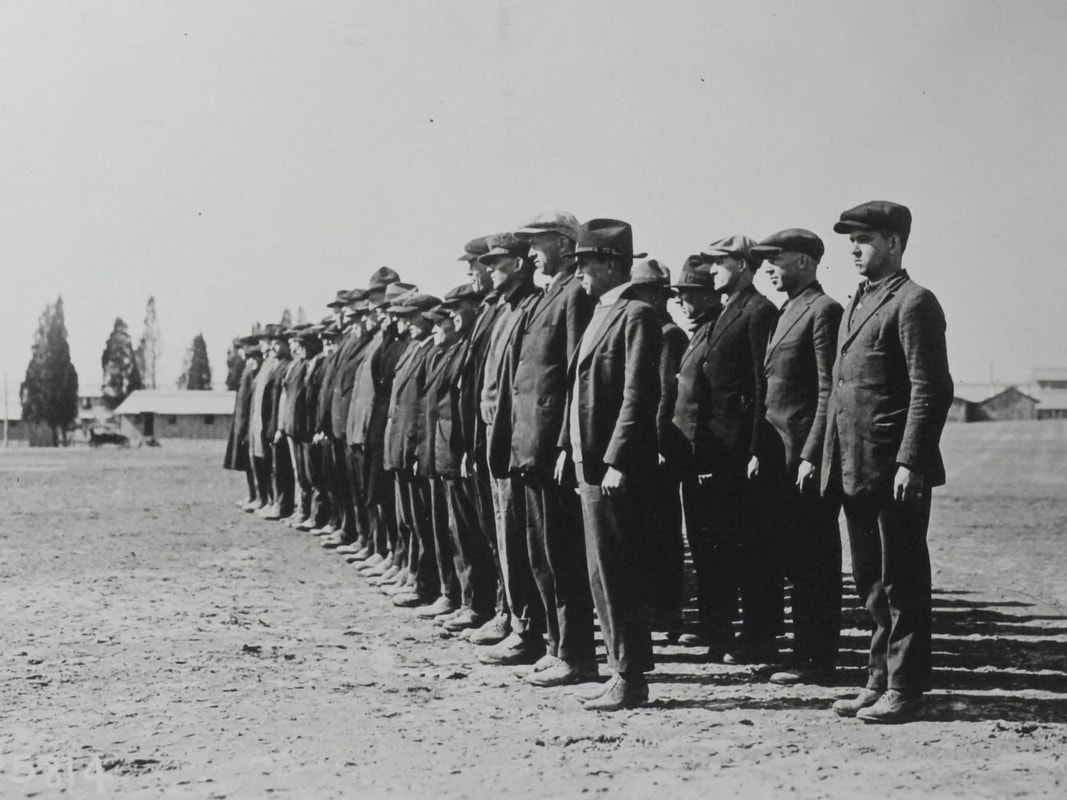

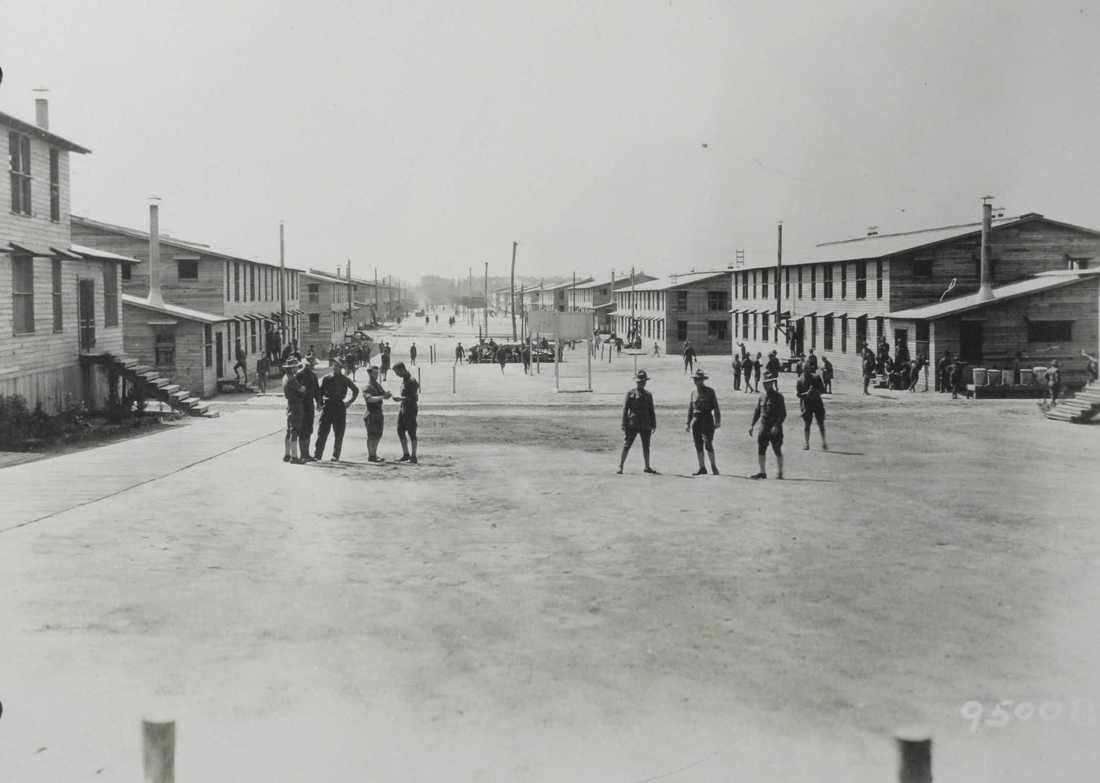
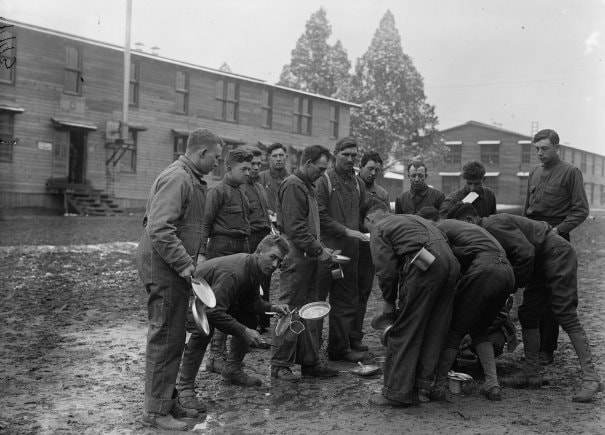
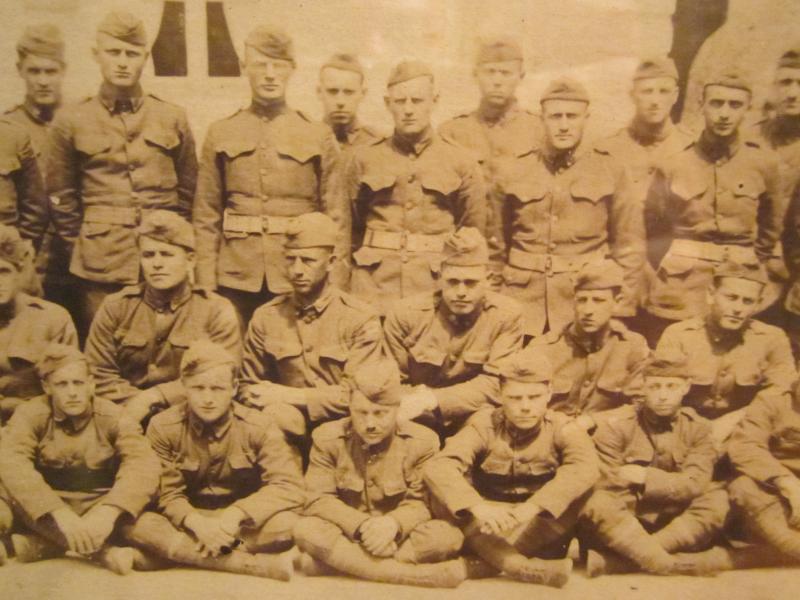
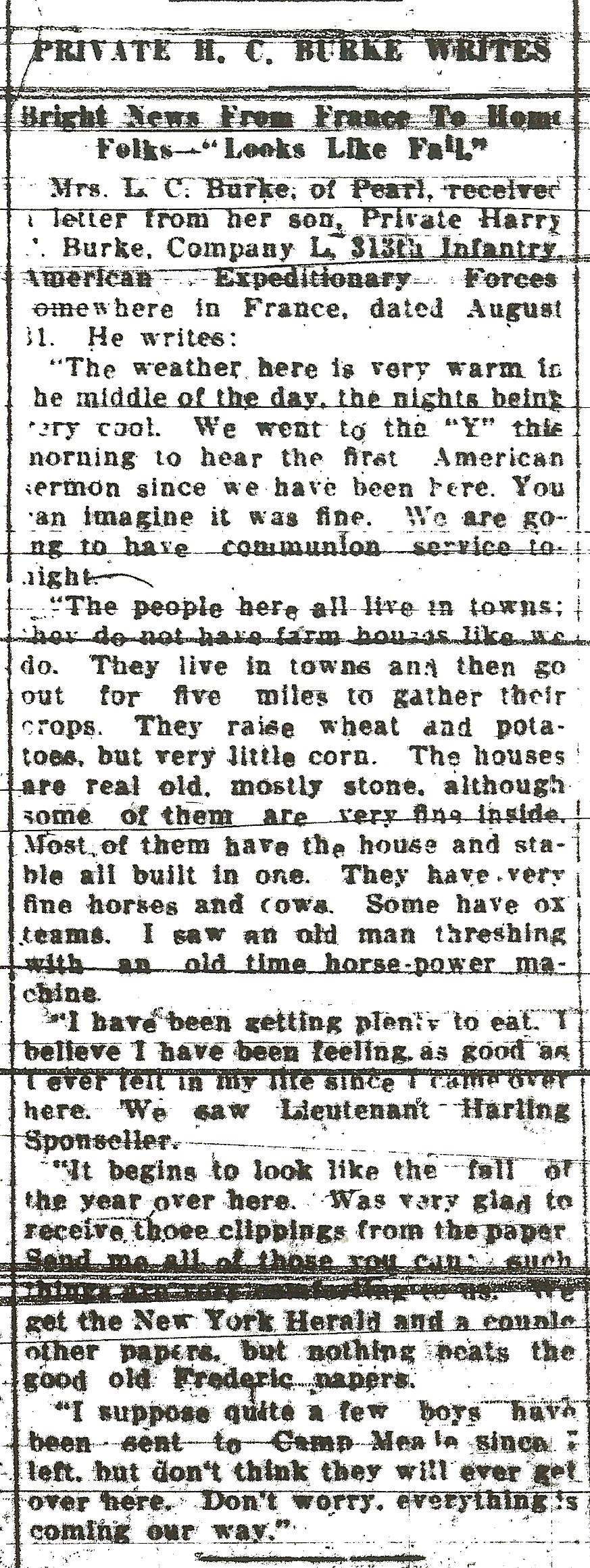
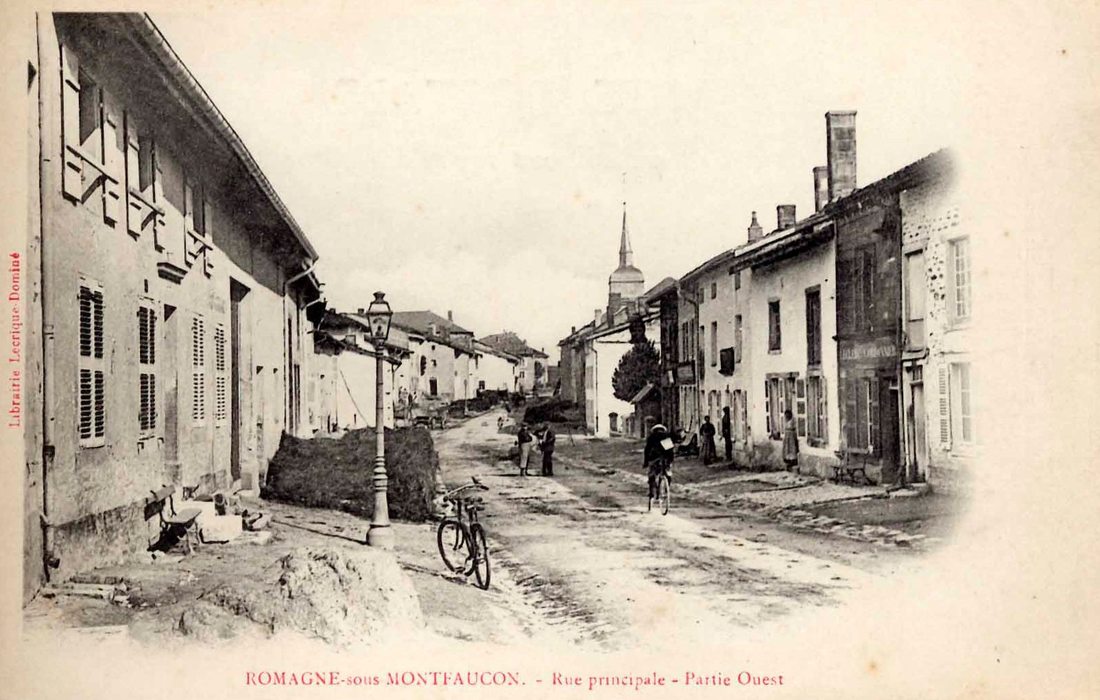
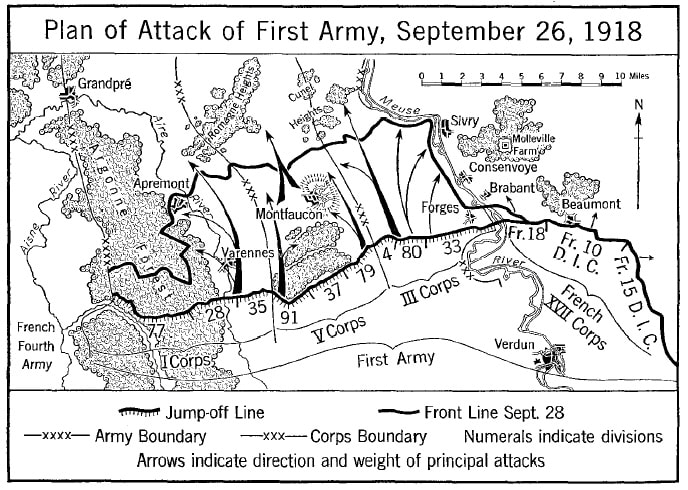
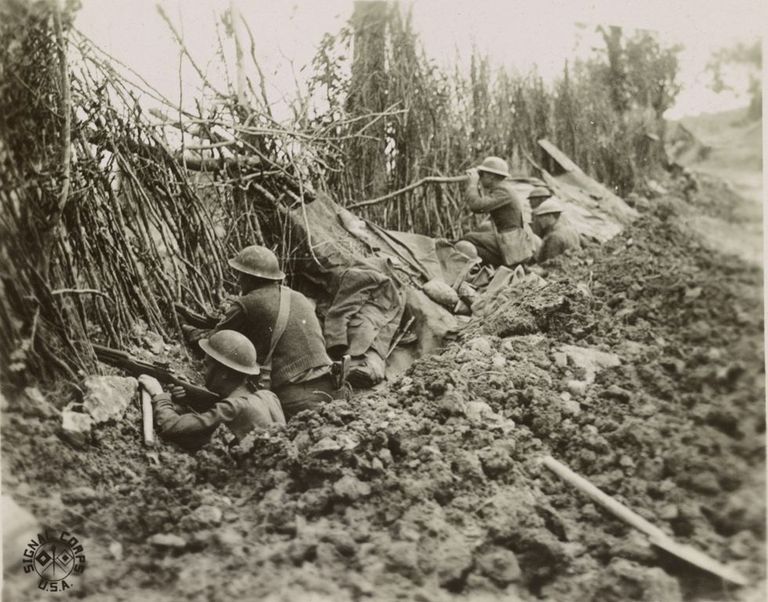
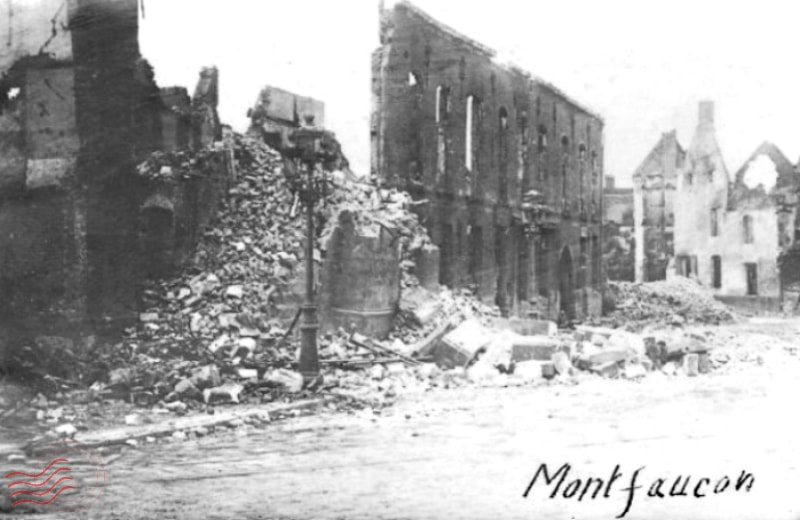
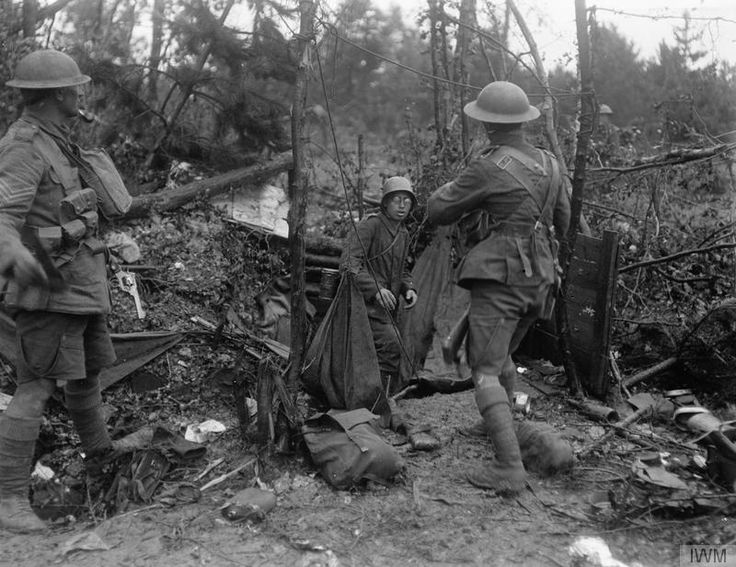
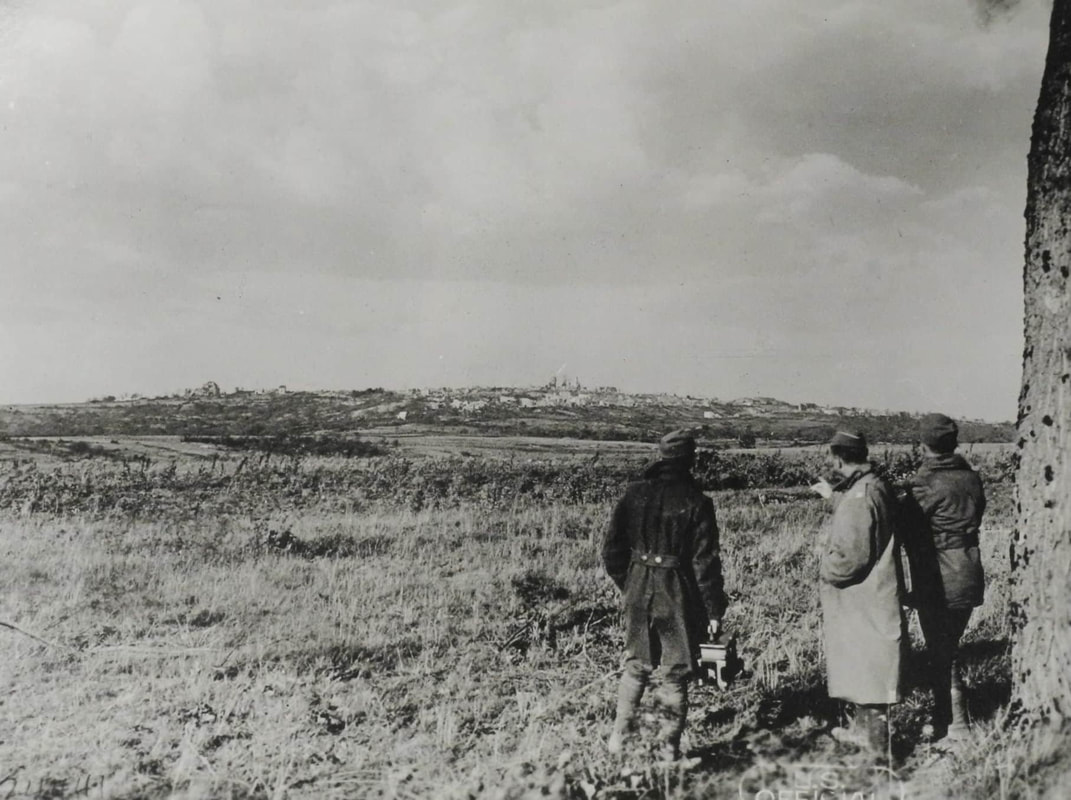
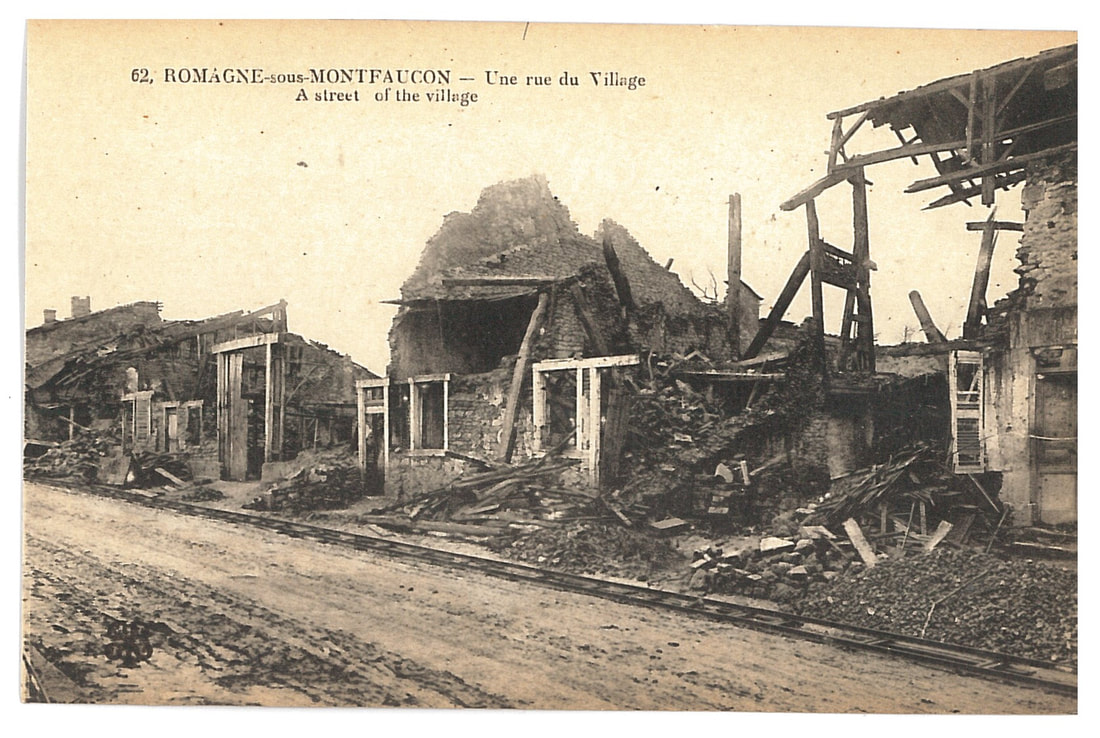
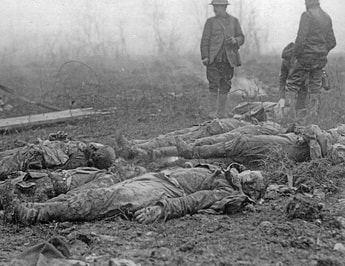

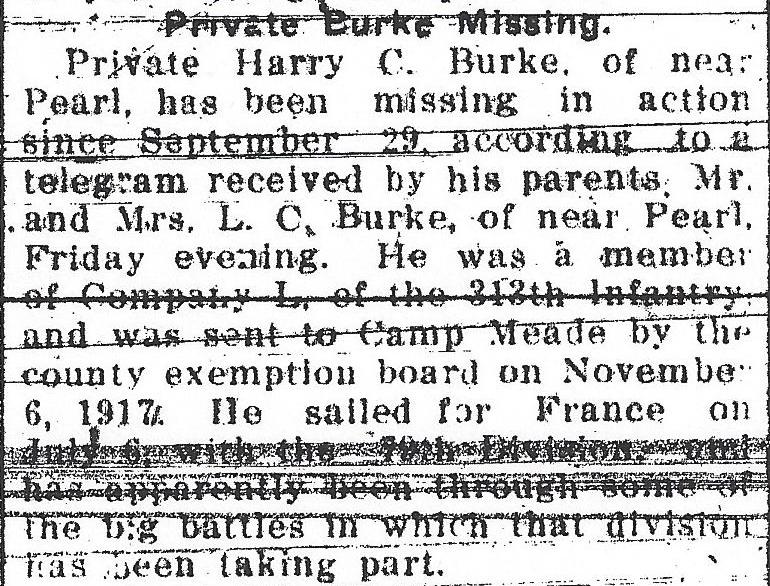
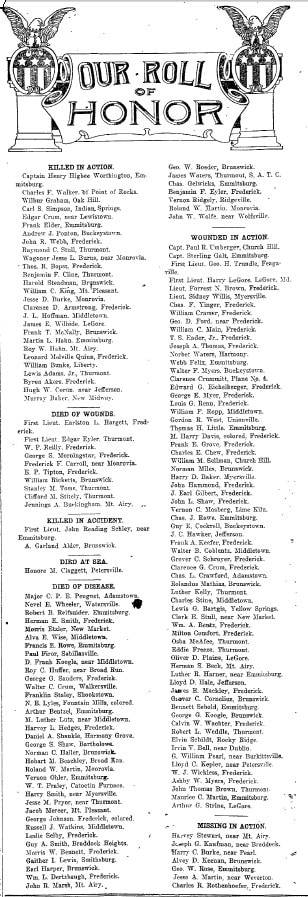
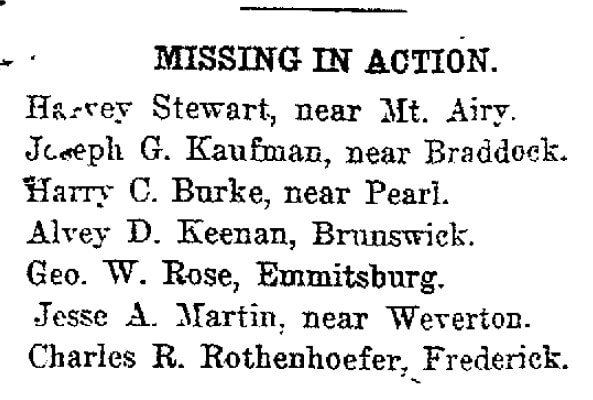
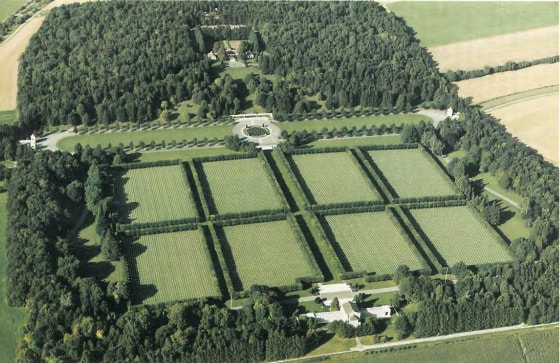
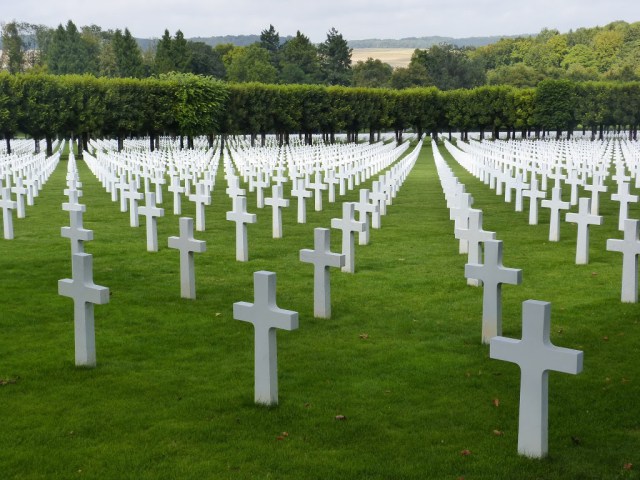






 RSS Feed
RSS Feed